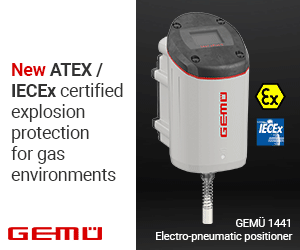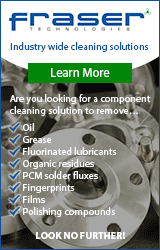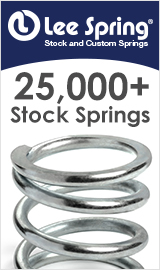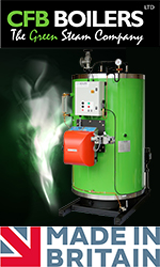Need to remove old and worn Safety Lines (Inside or Outside)?
The Preparation Group has a proven track record of removing many types of line and safety markings in many different environments whilst preserving the substrate as much as possible if required.
Safety lines can be found in various areas of both public places and workplaces. They often denote boundaries but are also needed for use as directional markers.
There are 4 main types of safety line materials used throughout the UK on roads, in car parks, warehouses & factories as well as playgrounds, sports areas, bridges, walkways and pedestrianised areas:
Thermoplastic – is used for the vast majority of the UK’s road and highway markings.
MMA (Cold Plastic) – It is primarily used for very high traffic areas like roundabouts and junction boxes.
Preformed Thermoplastic – is often used to apply bike lane markings, directional arrows etc.
Paint – commonly used method of marking safety lines and for loading bays, walkways in workshops and factories etc



After time the markings and symbols become faded or need to be changed with the re-design of work areas. The old lines and markings must be removed in their entirety before considering marking out a new layout.
Poorly removed lines and markings look messy and potentially pose a risk to Health and Safety by contravening Health and Safety regulations if they are remain visible in any way.
If you need to remove old and worn safety lines and markings or eliminate damaged markings we can deploy various methods to suit the environment to ensure that they are removed safely and effectively in readiness for your new design by using abrasive machining:
Shot Blasting
Encapsulated shot blasting propels various grades of Steel shot at the line to remove it from the surface whilst leaving virtually no damage and can provide a key/profile for the new material to bond with. This process is dry and it is quick and efficient and allows for re-lining immediately and is particularly good when symbols cover large areas. This is a preferred process when the substrate needs to be preserved as much as possible (especially on softer surfaces such as asphalt). Shotblasters are attached to a filtration unit ensuring all dust and shot debris is collected during the process. This can also be used to prepare and profile the surrounding areas/surfaces for any new surface coatings to bond with. This is a clean and low environmental impact process.


Planing/Scabbling
This process is ideal for line removal on concrete surfaces and particularly thermoplastic and thick line markings. It is effective for profiling, reducing & removing a wide range of lines and surfaces with variable height adjustment for controlled depth of cut (otherwise known as milling or scarifying). This process produces a profile which is a clean rough textured finish which can be useful if a temporary anti-skid surface is required. Planers are used with industrial vacuums to control dust. This can be ideal for smaller areas where larger equipment cannot reach.
Grinding
The Grinding process is when Diamond Discs of varying bonds and grits or PCDs are attached to different size grinders and in single or multiple number dependant on the machine deployed. The discs or PCDs on a drive plate rotate to smooth and clean surfaces and remove lines, safety symbols, paint and other coatings. Grinding machines are attached to an industrial vacuum or filtration unit to control dust. This method is used when a smooth profile is desired.


Please call 01522 561460 and speak to a helpful member of staff who will be able to arrange a no obligation site survey and quotation for your line and marking removal requirements.



























































































































